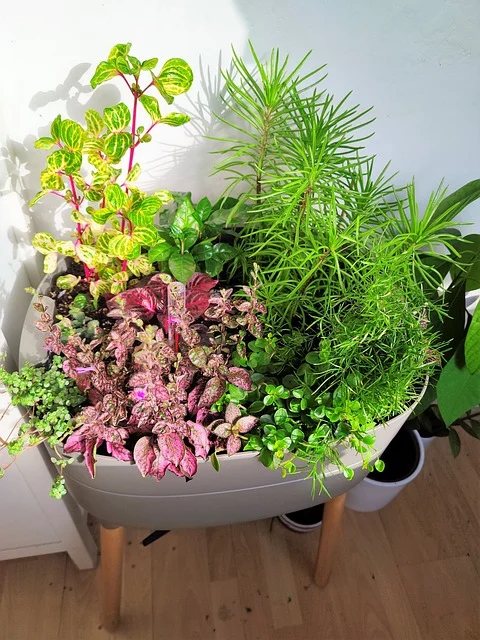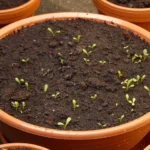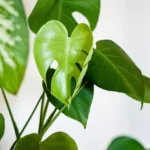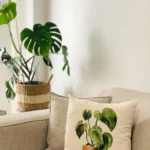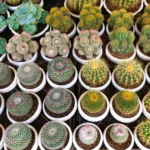Indoor gardening has evolved from a utilitarian hobby into an art form as plant lovers continue to look for uncommon and strange plants to grow indoors. Some are content growing ordinary houseplants, but others want something more unusual and exotic-plants that intrigue curiosity, encourage conversation, and lend a touch of the bizarre to any room. From plants with weird shapes and interesting foliage to those that require very peculiar care, this guide will walk you through how to find and then care for the most unusual indoor plants available.
Why Choose Unusual Indoor Plants?
Adding unusual plants to your indoor collection isn’t just about having something beautiful; it’s also about embracing nature’s diversity and the creation of an oasis indoors. The unusual plants instantly elevate any space simply because they offer a look that may be completely alien to what one commonly views. To the enthusiast of plants, the cultivation of such unique species brings an opportunity for growth and learning as a gardener, knowing full well that not all plants dance according to one set of rules.
How to Care for Unusual Indoor Plants
Before listing the plants, general care tips for unusual plants are in order. The majority of such plants need special conditions. Some may require special potting mixes; others have diverse light or water needs. Generally speaking, they perform remarkably well with the following:
- Well-draining soil is preferred by most indoor rare plants. The potting mix should allow any excess water to drain out quickly.
- Filtered light: Bright indirect sunlight is often ideal but can vary with individual plants.
- Humidity: While not all rare plants require high humidity, most of them do very well with occasional mister or a humidifier.Moderate Watering: One common mistake with rare plants is a tendency to overwater them, so be careful and let the soil dry slightly between waterings.
Having these in mind, here comes some of the most unusual indoor plants that will give that particular zest to your indoor garden.
1. Synongea with Fuzzy White-Silver Leaves
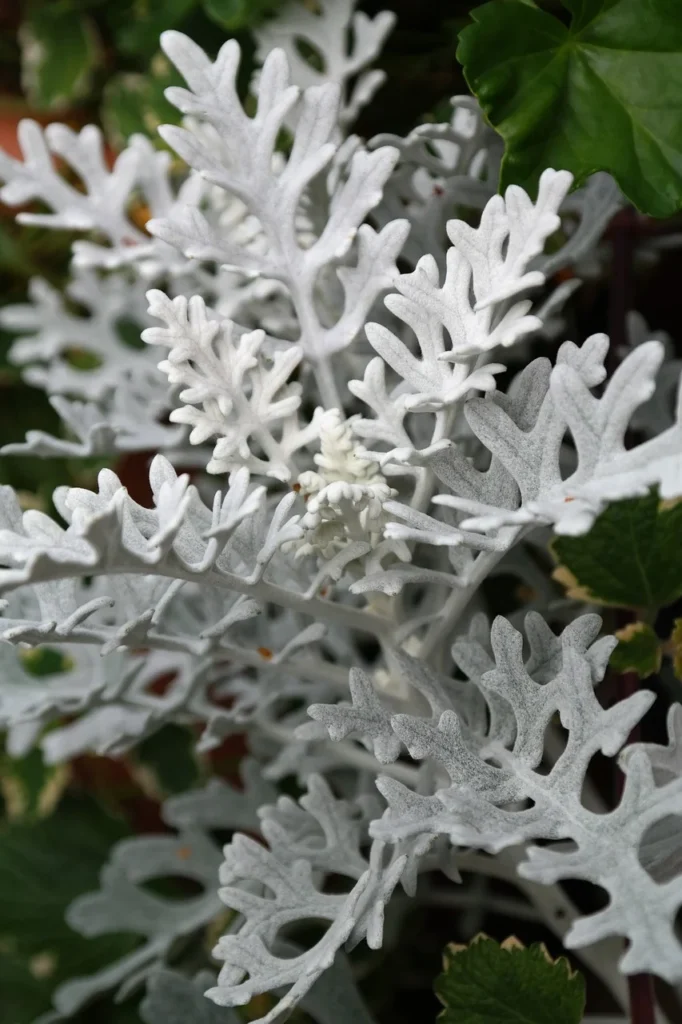
Probably one of the most striking plants visually, this Synongea bears white-silver leaves covered in fuzz that almost has the feel of soft fur. But beyond the feel, it also flowers delicate orange blooms to add color to its already interesting foliage. Native to bonsai mix, Synongea does very well in a well-draining potting soil and requires minimal water every week or two. Set it on an east-facing window for plenty of morning light, and this plant will be thriving with little to no fuss at all.
2. Stephania Erecta: The Minimalist’s Dream
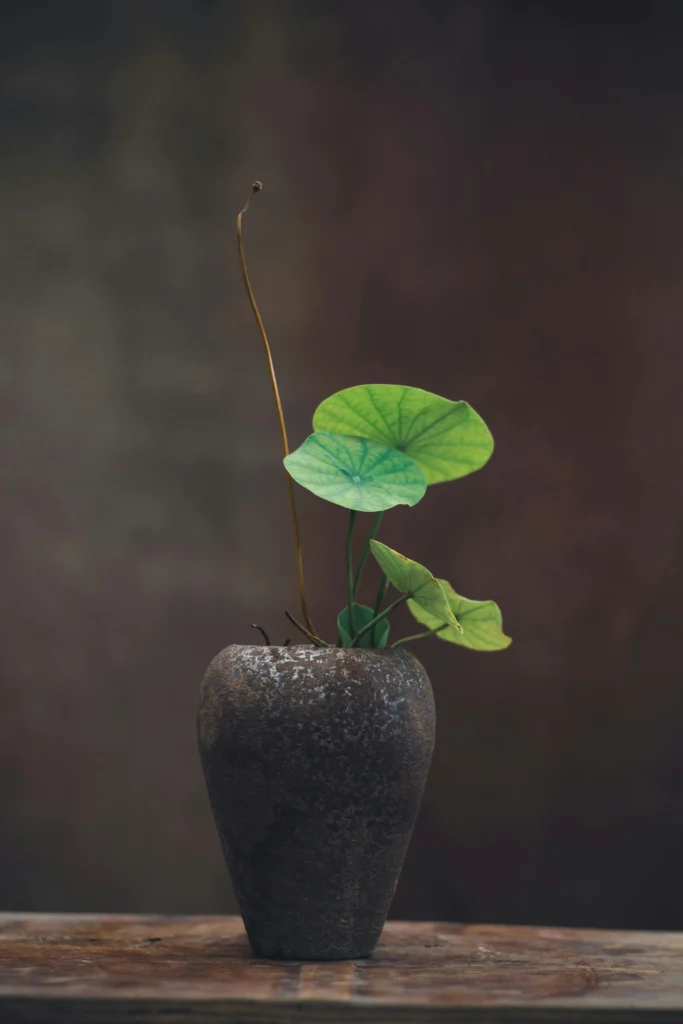
The Stephania Erecta is ideal for those who love minimalistic decoration. It becomes dormant in winter and regains its original shape in the warmer seasons. Keep it at a humid location while the Stephania is in dormancy; this would speed up its waking process from hibernation. This plant thrives under bonsai mix and standard potting soil; however, if your container lacks drainage holes, beware not to overwater it.
3. Avonia Paparazia: A Small Succulent with Unique Texture
Avonia Paparazia is one true gem of an unusual indoor plant, remaining small and compact, perfect for any space with limited place. This white, scale-like foliage bears a tissue-paper-like texture, making it different from every other plant. Plant the Avonia in a very well-draining mix and water with caution; once a week should be enough. Terracotta pots are ideal for Avonia because this type of pot prevents root rot by drying up the soil much faster.
4. Variegated Euphorbia Lactea (White Ghost)

Commonly called the White Ghost or Dragon Bone Euphorbia, this spiky but elegant plant provides great drama with its ghostly white-green color. Unlike many variegated plants, it loves the humidity low and needs infrequent watering every two to three weeks. Euphorbia Lactea adds some neat visuals on any plant shelf or windowsill but comes with a lot of caution due to its thorns. Despite the little pricks now and then, this quirky plant is worth all the pain it might give.
5. Acacia Berkeyi: The Bonsai Alternative
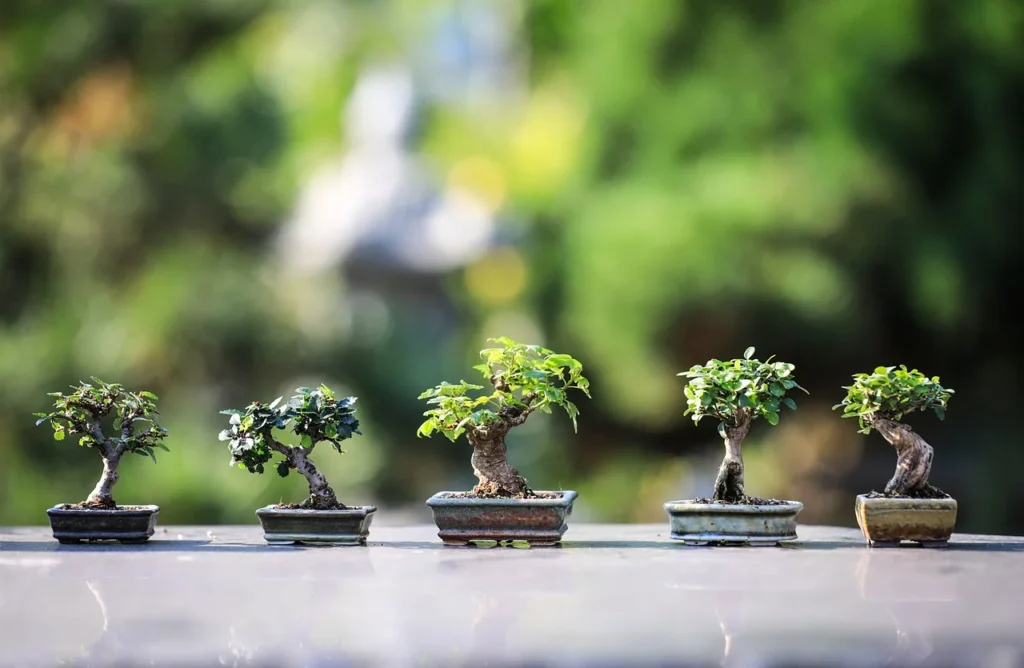
The Acacia Berkeyi adds this tree-like plant to your indoor garden. The teardrop-shaped leaves drop tears that develop in a cascading manner, making it similar to the miniature willow tree. Since it also grows pretty fast, it requires frequent watering, especially when it is near a sunny window. Pruning helps in giving it a bonsai effect to maintain the shape of this plant and encourage it to have a bushier look.
6. Huperzia Squarrosa: The Tassel Fern

Bring in a little bit of whimsy with the Huperzia Squarrosa- better known as the Tassel Fern-long fuzzy fronds cascading out of any pot in a most undeniably elegant manner. Many grow this fern upside down to allow fronds to cascade. This plant does best in sphagnum moss or well-draining potting mix and is watered once a week. Let it take center stage in a bathroom or room with bright indirect medium light.
7. Cissus Quadrangularis: The Reaching Plant
The Cissus Quadrangularis is quite a striking plant with its foliage divided into sections, almost like outstretched arms. It does thrive in bright light, on a window or under some grow lights, in order to achieve much thicker and healthy segments. Generally, this tough plant needs only one-time weekly watering and is thus pretty easy to include in any rare indoor plant collection.
Why You Should Add Unusual Indoor Plants to Your Collection
Unusual indoor plants can have much more to offer than just a pretty face because they offer a sense of accomplishment and uniqueness that common plants can’t give. You can make your indoor garden your personal haven with unexpected shapes, colors, and textures with just a few rare species. In addition, they are often conversation pieces and bring some of the exotic right inside.
Final Thoughts
Collecting unusual indoor plants isn’t just about looking good; it’s a journey of finding the odd, a way to introduce the most interesting things nature has produced into one’s daily life. Each one of these plants described in this article offers something truly unique: from the fuzzy fronds of the Tassel Fern to the ghostly spines of the White Ghost Euphorbia. These carefully selected and treated plants will establish an exclusive indoor garden, reflecting your taste and appreciation of the extraordinary.
If you are ready to dig more into the world of unusual indoor plants, subscribe to our blog for more plant care tips and inspiration. If any of these unique plants are in your collection, we would want to know which one is the favorite among all; let us know in the comments below!

